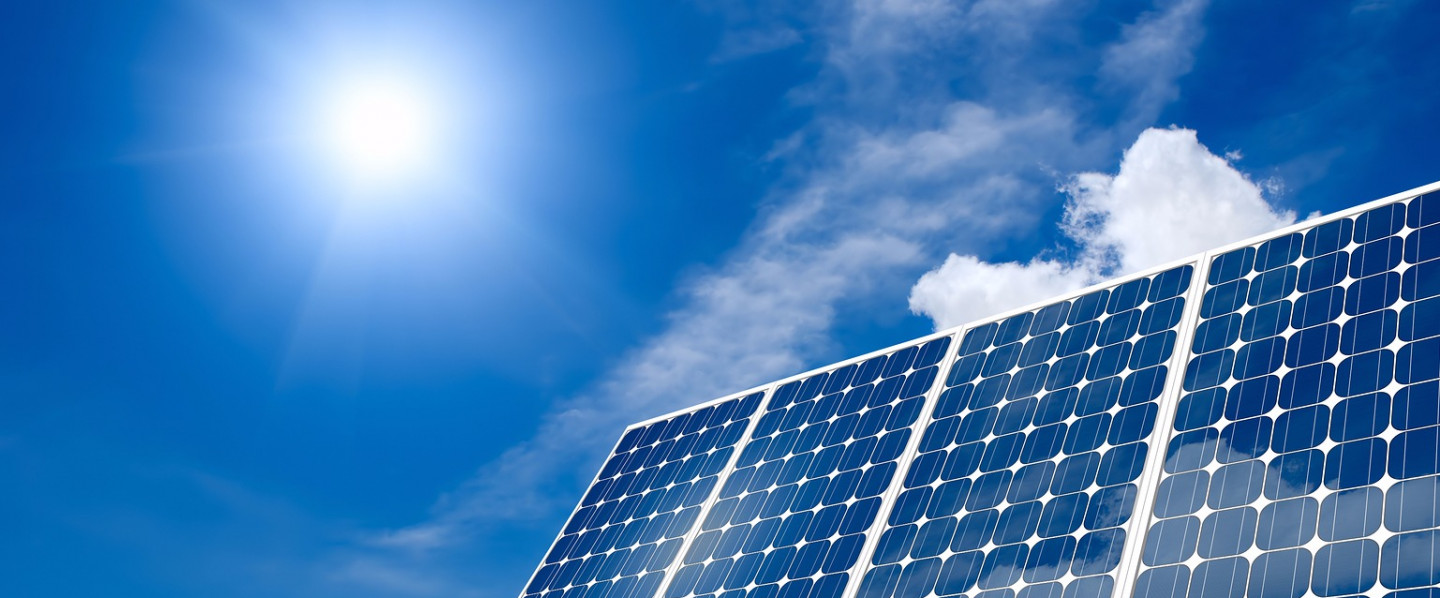Follow Us x
Six Steps to Renewable Energy
Before you make an investment in renewable energy, there are six simple steps you should follow to make your transition easy and your investment pay off.
Step 1: Cut your load
The first step to going renewable is to conserve energy and use it more efficiently. Take steps now to make your home energy efficient.
Step 2: Do your homework
Now, you have to determine which power generating devices will work best for your household. For a free booklet on the best options for your geographic location, home, and lifestyle, you can call the Department of Energy at (800)DOE-EREC and ask for "Clean Energy Choices." The American Solar Energy Society also has an annual "Tour of Solar Homes," complete with listings of open houses in each state, so you can see how other people went solar. Call 877-331-8449 for more information.
Step 3: Take advantage of state and national incentive programs
Looking for a little financial assistance? Many states provide incentives for cutting energy use. For the most comprehensive list of incentives and available government grants, visit the Database of State Incentives for Renewable Energy or you can call the office of Energy Efficiency and Renewable Energy to get contact information for your State Energy Office at (800)DOE-EREC.
Step 4: Consult a contractor, if necessary
To find a contractor, check the geographical index of Green America's National Green Pages™. Or you can check your local yellow pages. After you have consulted with a renewables contractor, you will be ready to make a purchase. If you haven't already found used equipment, ask your contractor if s/he can connect you with used options.
Step 5: Find the right equipment
For those with the do-it-yourself spirit, we recommend looking at a print copy or the Web site of Home Power Magazine. This magazine and online resource center documents success stories of renewable energy budgets wisely used. It also contains nationwide searchable databases for renewable energy dealers and alternative energy conferences, as well as comprehensive solar radiation and wind viability maps.
Step 6: Factor in Net Metering
Another promising incentive program is called net metering, which 36 states now offer. Net metering means that when your PV or wind system generates more power than you need (which often occurs during the day when you go to work), the meter actually runs backwards. In other words, during those times, you can sell power back to the utility company, resulting in an even swap for the power you use from the grid at other times. In most places where net metering exists, you receive full retail value for all the power your system generates. However, most utilities are not required to pay you if you generate more than you use. The Database of State Incentives for Renewable Energy will give you the specifics for your state. The Green Power Network is also a good information source for net metering. Call (800)DOE-EREC.
.png)
